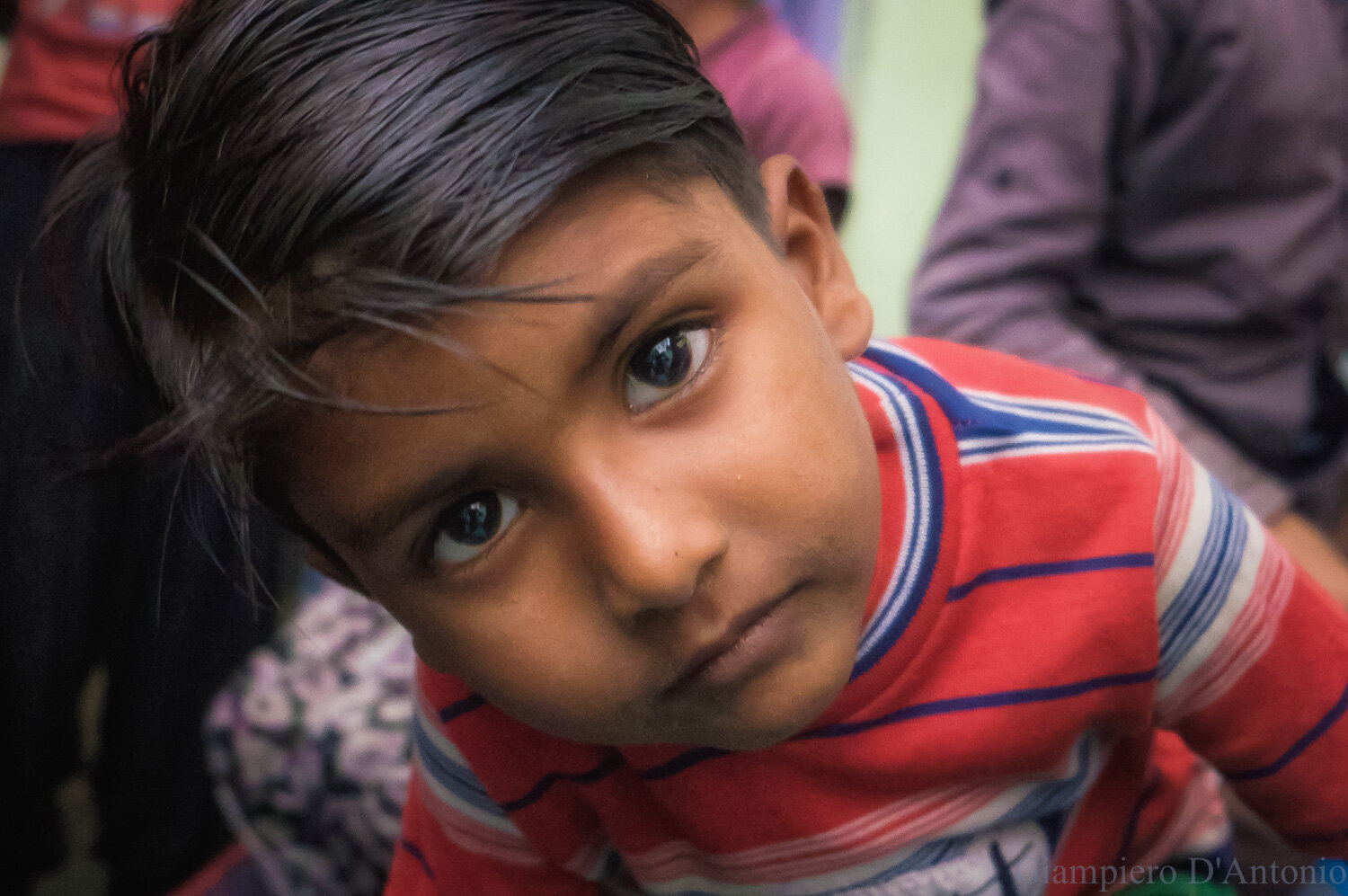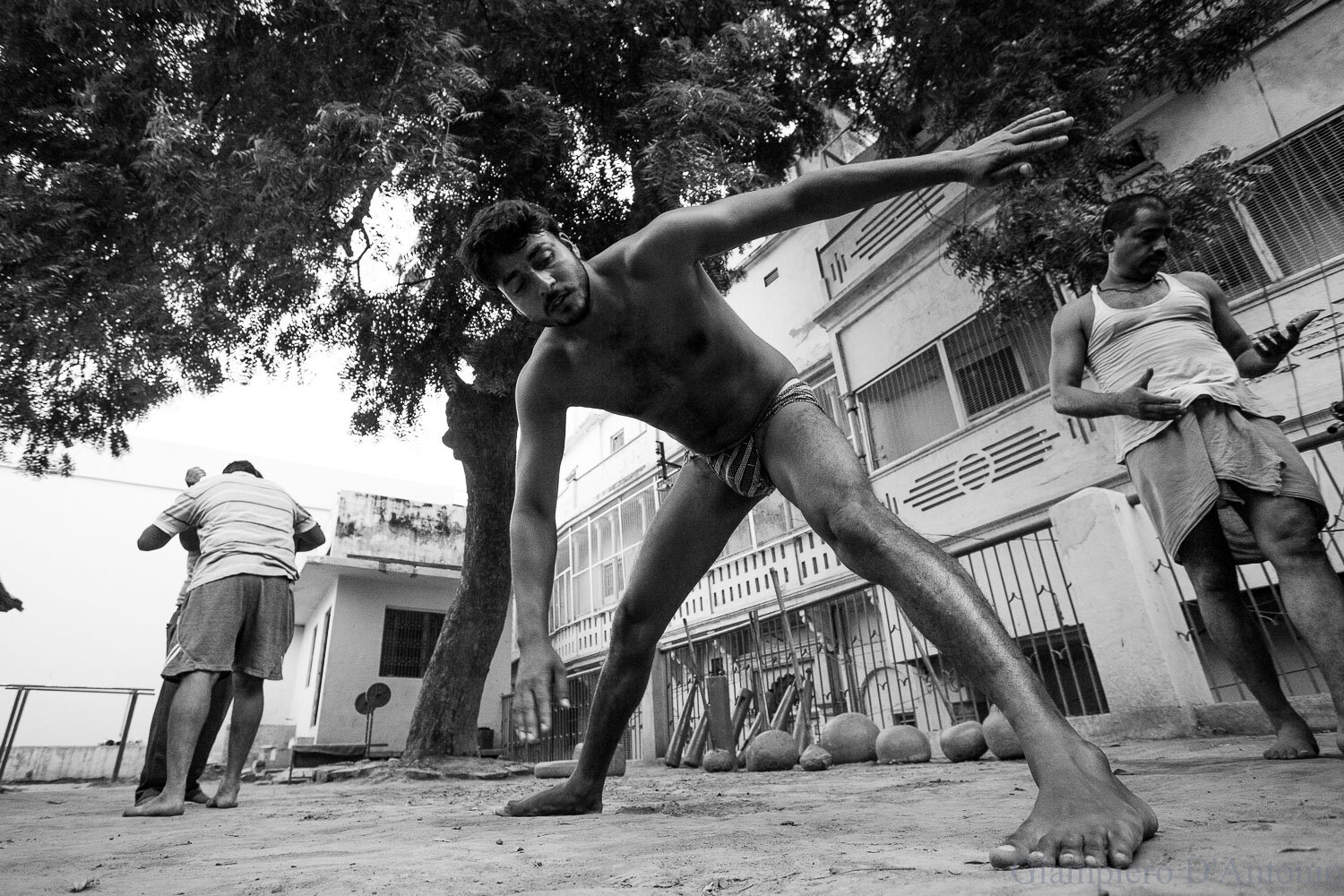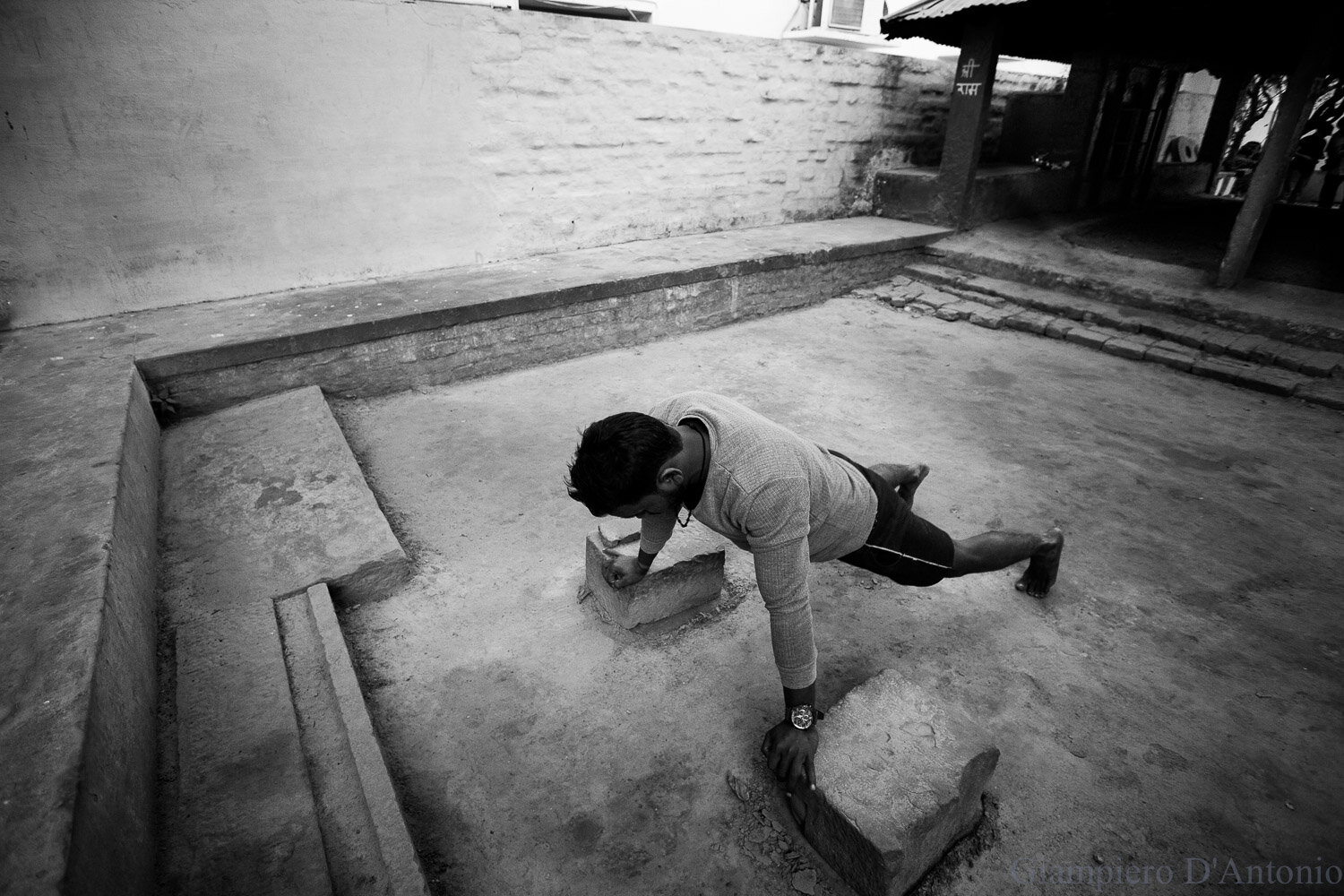It is very hard to send a message, especially during Christmas time where it is easy to fall into the obvious but, in a dark period like the one We are living, dominated by selfishness, greed, ephemeral success , we all have an urgent need for sincere and pure Smile, full of Life, capable of urging our emotions, to dust off our values and ideals, all too often shredded in this perverse mechanism.
We always complain about the world in which we live, but we often delegate our responsibilities to others. They, the Children, would all have the right and yet, they do not complain, they do not delegate, they face life with dignity and lightness, despite the conditions to which We adults subject them.
The children live a true life, made up of colours, smiles, curiosity, they don't ask for anything in return, just be heard, taken into account, they just want to feel part of this adventure called Life.
They think, "naively" that we are all equal, without distinction, do not exist in their minds and especially in their honest hearts, differences of color, race, religion, there is no envy or malice.
Children dress only of their dreams, give smiles to all those willing to receive them, they do not ask for anything in return just a pleasant look through which to transmit all the Human warmth that a pure soul can give.
To play they have the essential, a kite, a white chalk, a small flute, just nothing to smile, and then that feeling of being in harmony with the essence of the world.
These days we need to rediscover that word abused and too often forgotten or erased that is Humanity, We are stealing the future from the new generations, We are Denying THEM the right to grow up in a more equal, more supportive, more human-like World, which "should" be the primary purpose of the Mankind.
Being in the Christmas time I try to translate into words the gestures of the children I met in my wandering around the world, as I wish for a slightly more just future:
Say hello to the children of your city, inexhaustible source of joy and imagination, give them a hug on my part and fill it with Love.
Merry Christmas
















































